Can you be a good photographer without knowing about photo editing?The simple answer is yes, but – |
|
|
Advertisement 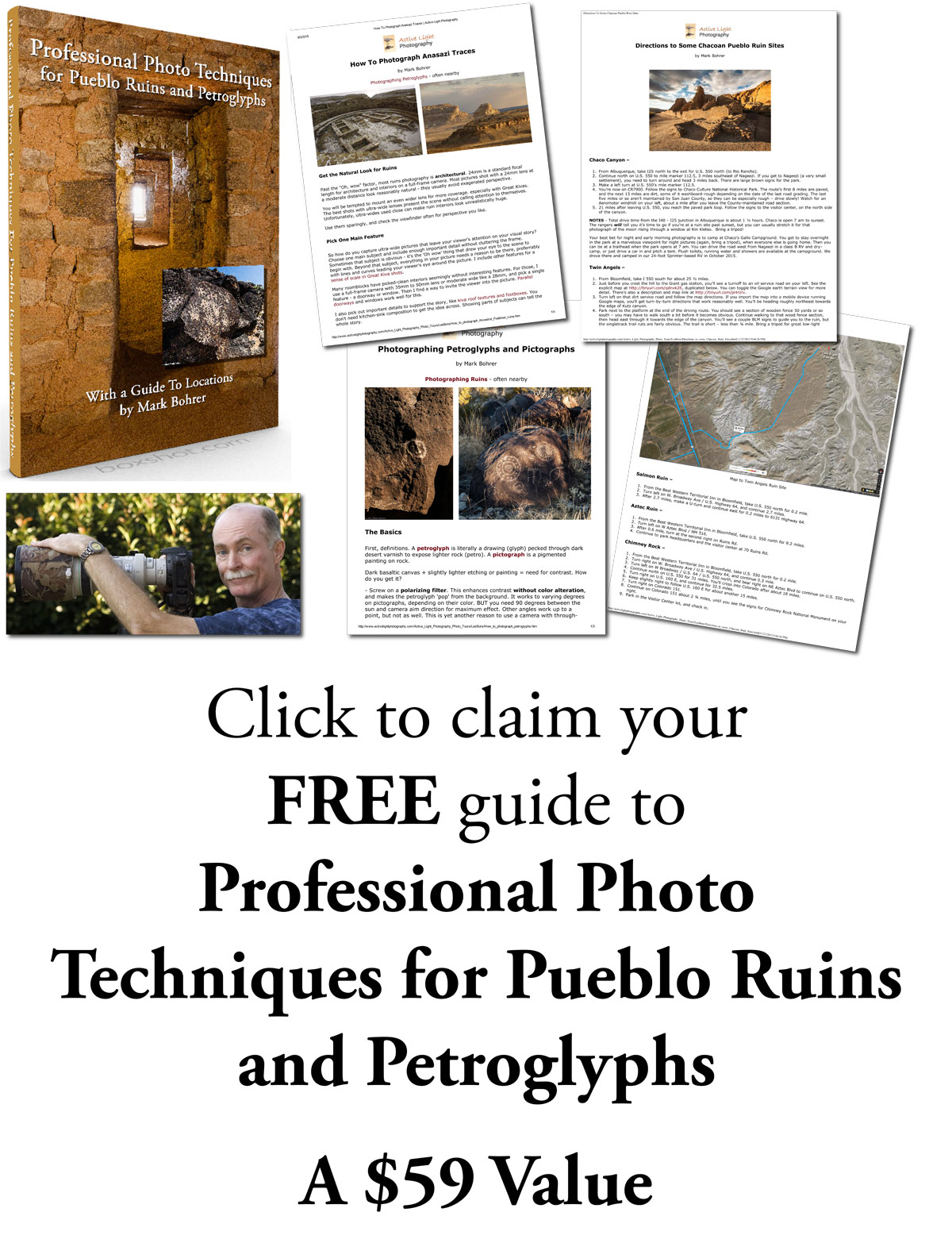 |
Simple Enhancements With Photo EditorsThat said, you can really enhance your visual story with simple photo editing. Starting with a great raw image file (you did shoot raw, didn’t you?), Adobe Lightroom gives you tweaks for contrast, color and simple cropping. Even the best cameras may not always nail white balance, and your eye-brain combination may amplify contrast your camera may not natively ‘see’. Editing software lets you enhance the raw file. |
|
An inexpensive previous version of Lightroom (version 4 or later) will have all you need to make basic edits. It’s relatively easy to mess around with the tool and discover what works for you. Most of what I do in Lightroom is:
1. Crop. Many times, I’m forced to shoot loose or with the wrong lens in a fast-breaking situation, or I don’t get the framing quite right. Type R to bring up the crop tool to fix this.
These four are my usual starting points. I’ll sometimes add vibrance and saturation, adjusted to no more than 9 each to make colors pop. This reminds me a little of the colors I used to get in Kodachrome slide film. Fix Those Skies
Because skies usually end up a bit too bright, my next stop is the half neutral density filter. I access this by pressing M. I usually start with -0.75 and slide the mask down to an obvious horizon line. With practice, you’ll reach the point where you’ll apply it to other areas that come in too bright. With raw files, there’s a lot of detail you can recover in those bright spots. PracticeIt’s really all about practice with your camera – that will make you a good photographer. Good photo editing software helps you tell the visual story better, and lets you file and locate those great images after you shoot them. But there’s no substitute for shooting subjects you’re passionate about. And shooting a lot. Get free travel photography tips every week –
Subscribe to The Story Behind The Picture here. |
|
(408) 483-3782
Curious about how to shoot ruins?(408) 483-3782

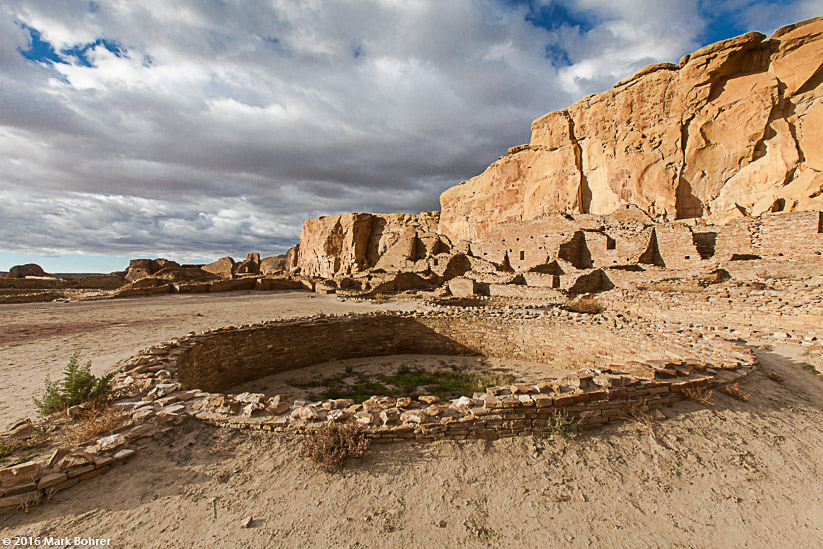
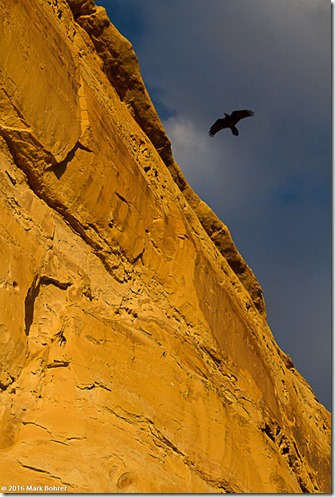
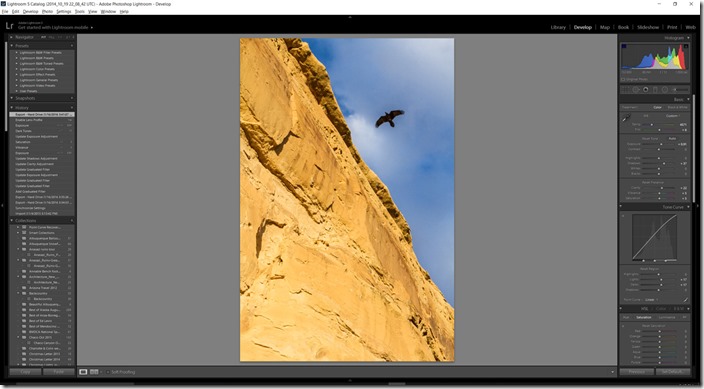
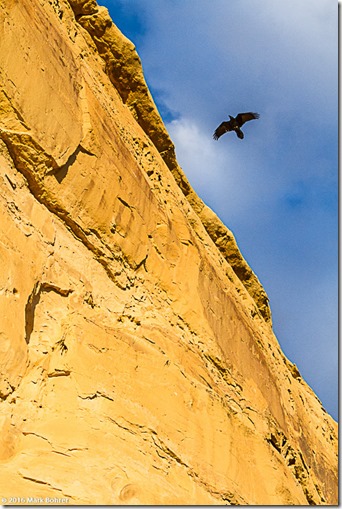

Recent Comments